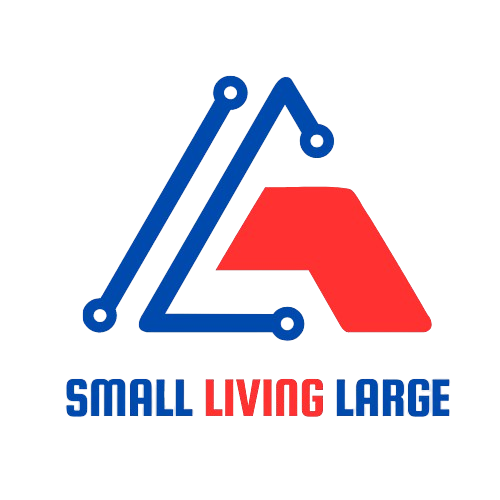Interchain Gateways and the Future of Decentralized Finance
In the rapidly advancing world of blockchain technology, the rise of various blockchain networks has created an ecosystem rich with innovation but also fraught with challenges related to interoperability. Each blockchain network offers unique functionalities, from smart contracts to high-speed transactions, but their isolated nature can limit their keplr wallet download collective potential. The Interchain Gateway emerges as a transformative solution to these issues, providing a bridge that connects disparate blockchains and facilitates seamless interaction. This article delves into the concept of the Interchain Gateway, its essential features, its significance, and its potential impact on the future of blockchain technology.
What is the Interchain Gateway?
The Interchain Gateway is a protocol designed to enable communication and interoperability between different blockchain networks. It functions as a bridge that connects isolated blockchains, allowing them to share data, execute transactions, and interact with one another. This integration is crucial for overcoming the limitations of isolated blockchains, creating a more cohesive and efficient ecosystem.
Key Features of the Interchain Gateway
- Cross-Chain Communication: At its core, the Interchain Gateway facilitates cross-chain communication. It establishes standardized protocols and interfaces that allow blockchains with different architectures and consensus mechanisms to interact seamlessly. This capability ensures that data and transactions can flow smoothly between networks, enhancing connectivity and collaboration.
- Atomic Swaps: Atomic swaps are a significant feature of the Interchain Gateway. They enable the direct exchange of assets between different blockchains without the need for intermediaries. Executed through smart contracts, atomic swaps ensure that transactions are either completed in full or not at all, mitigating the risk of fraud and enhancing security.
- Wrapped Tokens: To facilitate asset transfers across blockchain networks, the Interchain Gateway uses wrapped tokens. These tokens represent assets from one blockchain and can be used on another. Wrapped tokens help maintain liquidity and support cross-chain transactions by providing a mechanism for seamless asset movement between networks.
- Decentralized Oracles: Oracles provide external data to smart contracts, and the Interchain Gateway integrates decentralized oracles to ensure the accuracy and reliability of data used in cross-chain transactions. This integration is essential for maintaining the integrity of transactions that span multiple blockchains.
The Significance of the Interchain Gateway
- Enhanced Liquidity: By connecting various blockchain networks, the Interchain Gateway significantly enhances liquidity for digital assets. Users can move assets between different platforms, reducing market fragmentation and expanding access to a broader range of financial products and services.
- Increased Functionality: The Interchain Gateway allows decentralized applications (dApps) to leverage the strengths of multiple blockchains. For example, a dApp might use one blockchain for its high-speed transaction capabilities and another for its advanced smart contract functionalities, resulting in more powerful and versatile applications.
- Improved User Experience: Interoperability simplifies the user experience by reducing the need for multiple wallets and platforms. A unified interface across different blockchains streamlines interactions, making it easier for users to manage their assets and engage with various services.
- Scalability: The Interchain Gateway supports scalability by distributing transactions and operations across multiple blockchains. This approach helps alleviate congestion on any single network and supports the growing demand for blockchain-based applications and services.
Challenges and Considerations
While the Interchain Gateway offers numerous advantages, it also faces several challenges:
- Security Risks: Integrating multiple blockchains introduces new security vulnerabilities. Ensuring secure data transfers and asset exchanges requires advanced security protocols and ongoing monitoring to address potential threats.
- Technical Complexity: Implementing and managing cross-chain interactions can be technically complex. Developing and maintaining the infrastructure needed for seamless communication between blockchains requires significant expertise and resources.
- Lack of Standardization: For the Interchain Gateway to achieve widespread adoption, standardized protocols and practices for interoperability are essential. The absence of common standards can hinder integration efforts and lead to compatibility issues.
- Governance: Coordinating governance across different blockchain networks can be challenging. Variations in governance models and consensus mechanisms may complicate the process of reaching consensus and enforcing rules.
Future Prospects
The Interchain Gateway holds substantial promise for the future of blockchain technology. As the blockchain ecosystem continues to evolve, efforts will likely focus on addressing existing challenges and expanding its capabilities. Future developments may include enhanced security measures, more refined cross-chain communication protocols, and increased standardization across the industry. Additionally, innovations such as layer 2 scaling solutions, sharding, and cross-chain decentralized finance (DeFi) applications could further enhance the functionality and impact of the Interchain Gateway.
Conclusion
The Interchain Gateway represents a significant advancement in achieving blockchain interoperability. By enabling seamless communication and transactions between different blockchain networks, it lays the groundwork for a more integrated and efficient decentralized ecosystem. As blockchain technology progresses, the Interchain Gateway will play a crucial role in unlocking new possibilities and driving the future of interconnected blockchain systems. Through its innovative approach, the Interchain Gateway promises to enhance liquidity, functionality, user experience, and scalability, ultimately shaping a more unified and dynamic digital future.
